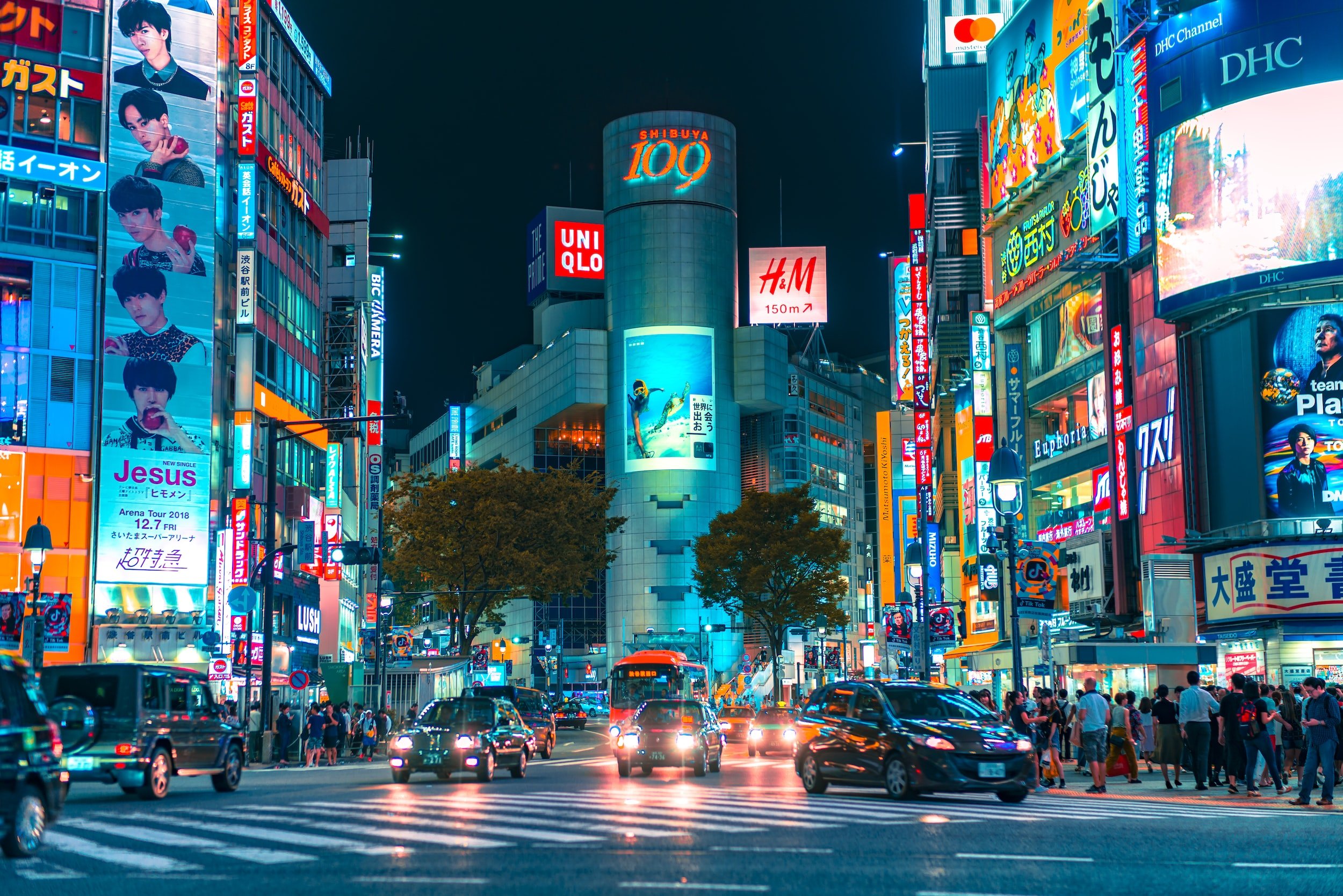Overcoming Conflict: Japan and Korea Restore Diplomatic Relations
Image courtesy of Jezael Melgoza via Unsplash
On March 16, 2023, delegations from Japan and the Republic of Korea reopened doors to trade relations, intelligence sharing, and the renewal of ties in the face of growing concern regarding expanding Chinese and North Korean power at their first summit in 12 years. Of course, this summit can neither be encapsulated by happily-ever-after nor remembered as an erasure of a century of bad blood in international affairs. Though the memory of Japan’s role in World War II and its occupation of several neighboring regions still holds strong in East Asia, its impact on Korean history cannot be overstated. In an attempt to live up to its status as an empire, pre-World War II Japan drastically altered Korea’s path, which is still felt in many ways today. This summit defies that history and marks the beginning of new relations between the two superpowers.
To understand how important this summit is, we need to properly examine this history. Modern Korean history is typically tracked from the start of the Joseon (조선) Dynasty, which lasted from 1392 to 1897. This period saw significant development in Korean society and provided the foundation of historical East Asian relations. Joseon Korea was a subject of the Sinocentric sphere of influence. This hierarchy was enforced using the tributary system, where the hegemon would be paid regular tribute by its subject states in exchange for guarantees of limited sovereignty. It was in this framework that Korea and Japan first held amicable relations; the Japanese Shogun – who was also subject to Chinese tribute – and Joseon King interacted with each other as equals without challenging the hegemony of China.
Despite this, the tributary system’s exploitation of Korea and its buffer position between China and Japan, which eventually withdrew their deference to China, left them relatively weak, both economically and militarily. In the Joseon Dynasty’s waning days, many exploratory powers sought to open Korea to international trade, especially France and the United States. It wasn’t until Japan, when undergoing the Meiji Restoration as an imperial power, threatened the invasion of Korea that the Treaty of Kanghwa was signed in 1876, removing Korea from China’s tributary system and forcefully opening trade relations.
In the years following Kanghwa, Meiji Japan continued the expansion of its empire, notably acquiring the islands of Taiwan and Sakhalin as spoils from the Sino-Japanese and Russo-Japanese wars, respectively. Korea, however, remained caught in the middle of Japan’s interest, leading to the discussion of the “Korean Question” — whether or not Japan would invade and occupy Korea. Before any such question could be answered, the Joseon Dynasty met its end at the hands of its king, Gojong, who chose instead to reform Korea as the Great Korean Empire to assert its equality amidst other regional empires. Korea attempted to strengthen itself for seven years, but through several treaties over six years, both unequal and forced, it became a protectorate of Japan. The 35 years following were marked by harsh occupation and exploitation by Imperial Japan. Koreans had to learn and speak Japanese, all high-level government officials had to be Japanese, and all major companies had to be Japanese. Not the least of the crimes against Korea was the exploitation of “comfort women,” Korean women and girls forced into sexual slavery, usually at the hands of soldiers.
Following the end of World War II, Japanese influence left Korea but was divided due to converging spheres of influence between the USSR in the North and the US in the South. For the next decade, Korea would be again ravaged by war, left to pick up the pieces afterward. Though it had help mainly from the United States, Korea sought to restore its strength and status through diplomatic relations, especially with Japan. 14 years of diplomatic discussions culminated in a new treaty between the two states in 1965. However, direct reparations to affected families – and the trauma of comfort women – remained a souring issue; Korea continued to pursue reparations, but Japan wanted to separate itself from the past. This unresolved issue continued to damage relations between the two states, leaving tensions active until the Japan-South Korea Joint Declaration of 1998, a modernized and evolved form of the 1965 treaty.
This issue lies at the heart of the March summit: to repair the continuously deteriorating relationship due to these outlying tensions. The summit repaired several necessary, at-risk agreements, including a bilateral intelligence-sharing program and joint efforts regarding North Korea. The summit also sought to repair the economic relations between the two nations, as Japan removed South Korea from its whitelist due to disagreements with Japan’s compensation for forced labor. Perhaps most important, however, was the final resolution of that issue. In an effort to facilitate the conditions of this summit, South Korea decided to shift its focus from demanding reparations from Japan to funding their aid through public donations from private sector companies. Though concerns exist that this was a capitulation to demands by the Japanese government, it nonetheless created the groundwork for a meaningful summit and a repaired relationship.
Amidst all of this harm, what could possibly lead to peace? Simply put, a bigger, more daunting issue in the region, and two states with mutual disdain can refocus toward diplomacy. However, as of March 23, 2023, Korea is already back on Japan’s trade whitelist, marking a new beginning in their relationship. Though the Korean population is not widely satisfied with this conclusion, the presence of the internal feud may stave off any further international confrontation. This may not have been the resolution Korea had in mind in 1965, but for now, it appears the two governments intend to put history to rest.





